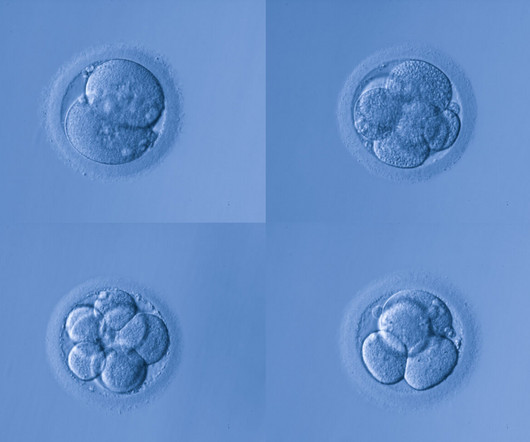What the Law and Bioethics Tell Us About Synthetic Human Embryos
Bill of Health
OCTOBER 13, 2023
To protect against individuals or corporations utilizing these cells for profit, ála the Henrietta Lacks story, sophisticated informed consent, and licenses should surely be developed, along with directives on responsibility for maintenance, warehousing, and disposal.,












Let's personalize your content